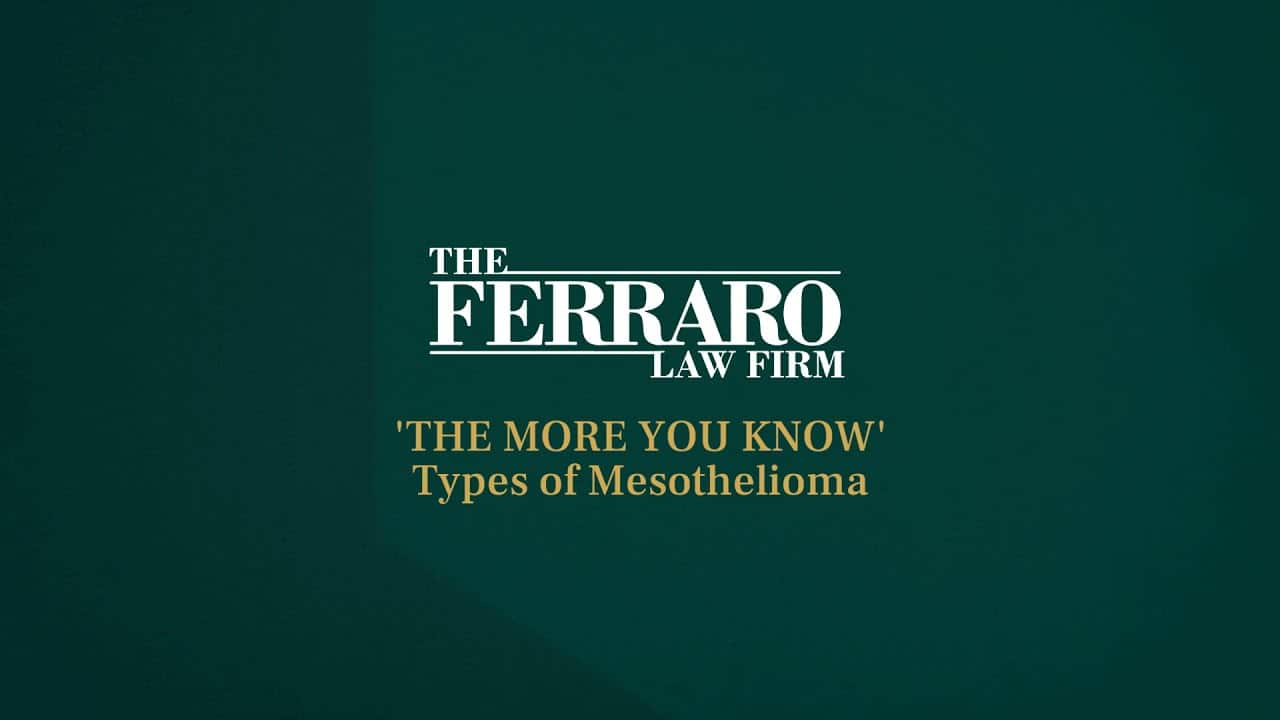If you were seriously injured, remember that it is crucial to choose the right law firm to represent your interests. We have been doing this for more than three decades, and have the resources you need to challenge any opponent.
Asbestos Exposure, Mesothelioma Risk in NYC Results in $56K Fines
Numerous employees of a New York City contractor needlessly suffered asbestos exposure, due to their employer’s clear negligence, according to the Occupational Safety and Health Administration (‘OSHA’).
Mesothelioma attorneys know that, sadly, for many of these workers, it may take years to know whether this repeated exposure has resulted in cancer or related pulmonary problems. OSHA inspectors discovered that not only were these workers not properly trained in asbestos removal procedures, but they used protective suits that were ripped and torn, and they weren’t given proper respiratory gear.
Given the seriousness of these allegations, OSHA ordered the contracting company to pay $56,000 in fines.
According to the release by OSHA’s Orchard Park division, the company was cited for eight serious violations of workplace safety standards. A serious violation occurs when there is a substantial likelihood that serious physical harm or death could directly result from existing hazards which employers either knew about or should have known about.
With asbestos exposure, a single incident may not cause lasting harm. But repeated exposure almost certainly will.
Asbestos is a mineral that was historically used in a large number of building materials like radiators and pipe insulation. It is particularly dangerous when small fibers of the material, also known as ‘friable asbestos,’ are inhaled. Asbestos is proven to cause mesothelioma, asbestosis and other lung diseases that can cause serious disability and/or death.
A lot of mesothelioma litigation taking place now involves workers who were exposed to the material many years ago. There are several reasons for this: first, asbestos is not as commonly used today as it was decades ago. Secondly, evidence of illness may not show up for many years. When it does, it is often deadly.
Even though companies don’t use asbestos in the same way they did, remnants of its proliferation are still found in many older structures and products.
That’s why the Code of Federal Regulations 1926.1101 is very specific in terms of how this hazardous material must be handled and disposed of. Workers who were exposed to asbestos during removal or abatement of the material, where in which the materials are either insulation or some sort of sprayed-on material, are believed to be the most at-risk, according to OSHA.
In this case, workers were renovating an old warehouse. Even prior to conducting the work, the law requires the contractor to conduct initial exposure monitoring, so they could be fully aware of how much asbestos their workers were being exposed to during the project. They didn’t do that. Nor did they set up barriers near openings where the asbestos-related work was being performed.
Unsurprisingly, the employer was also found to have exposed these same workers to potential serious fall risks of up to 30 feet. This kind of action is simply indicative of an employer who does not value employee health or safety.
When prompted by OSHA for its records, company officials denied access.
The company has 15 days from the filing to comply.
Table of Contents
Frequently Asked Questions: Mesothelioma & Asbestos
What is asbestos?
Why is asbestos dangerous?
What are asbestos-related diseases?
What causes mesothelioma?
What are the different types of mesothelioma?
What are common mesothelioma symptoms?
Do I qualify for compensation if I have mesothelioma?
What is the life expectancy for someone with mesothelioma?
Do I qualify for compensation if I have mesothelioma?
The Ferraro Law Firm provides comprehensive legal services regarding asbestos exposure and mesothelioma diagnosis. Call (888) 554-2030 for a free and confidential consultation. Offices in Miami, Washington, D.C., and New York City.






